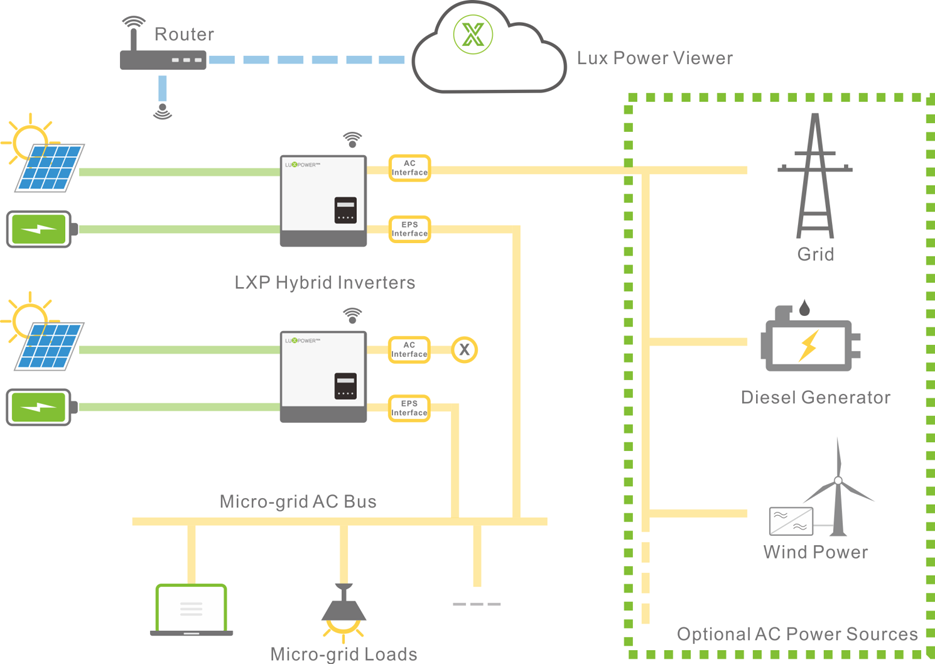

This can vary widely across the country and by season, but many online resources are available to determine this value for your location.Ī home in Southern California aiming to produce 450 kWh per month, half of the national average, would require a solar system size of 4.5 kilowatts, while a home in the northeast with similar energy demands would require a 6 kilowatt system. Determine peak hours of sunlight in your region: In addition to your energy demands, the size of the solar system will be influenced by the number of peak hours of sunlight in your region.Several online calculators are also available to help you project your electricity consumption based on the appliances that you plan to use, including these from and Affordable Solar. Though the average American home uses 900 kilowatt-hours of electricity each month, or 30 kWh per day, a small home powering a refrigerator, lights, satellite internet, and a couple of laptops can cut electricity usage to as little as 6 kWh per day. Consider cutting down electrical consumption: When relying on off-grid energy sources, it is often practical to reduce your daily use of electricity.Determine your current energy usage: If you currently live in a home that’s connected to the grid, check your electric bills for your monthly electricity usage.Once you’ve decided that off-grid solar may be a good option for you, you can determine the appropriate solar system size in a few steps. Homeowners interested in off-the-grid systems must consider several factors to find the most appropriate system to suit their energy needs. Though a complete off-the-grid system can have a high price tag, it’s often much more affordable than extending the electrical grid to remote properties, an expense that can run up to $60,000 per mile. Many off-the-grid homeowners have turned to solar power, used in conjunction with battery banks for energy storage, to power their homes.

Homes considered “off-the-grid” or “off-grid” lack any connection to the utility grid and produce all required electricity on their own, generally from renewable sources and/or propane generators. In certain cases it can in fact be the most affordable option for powering your home. Independence from the electrical grid may sound like an attractive idea to some homeowners – the potential for positive environmental effects, greater energy security, and an end to bills from electric companies.


 0 kommentar(er)
0 kommentar(er)
